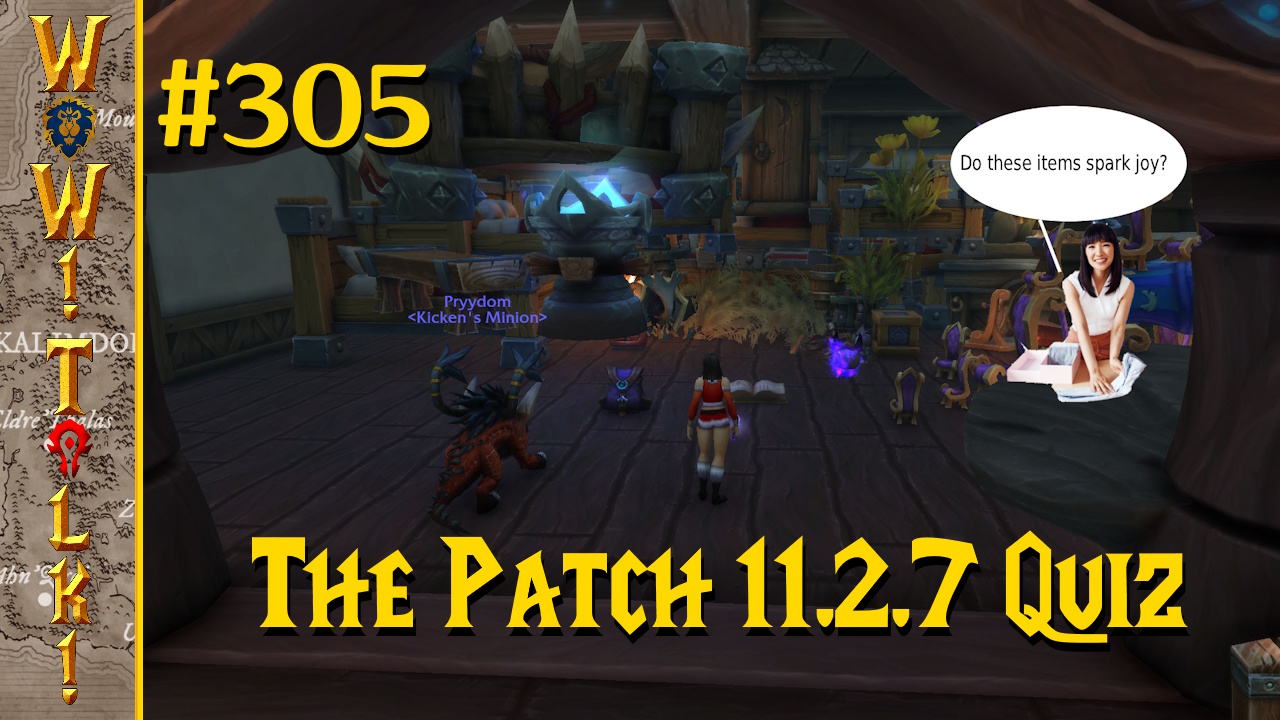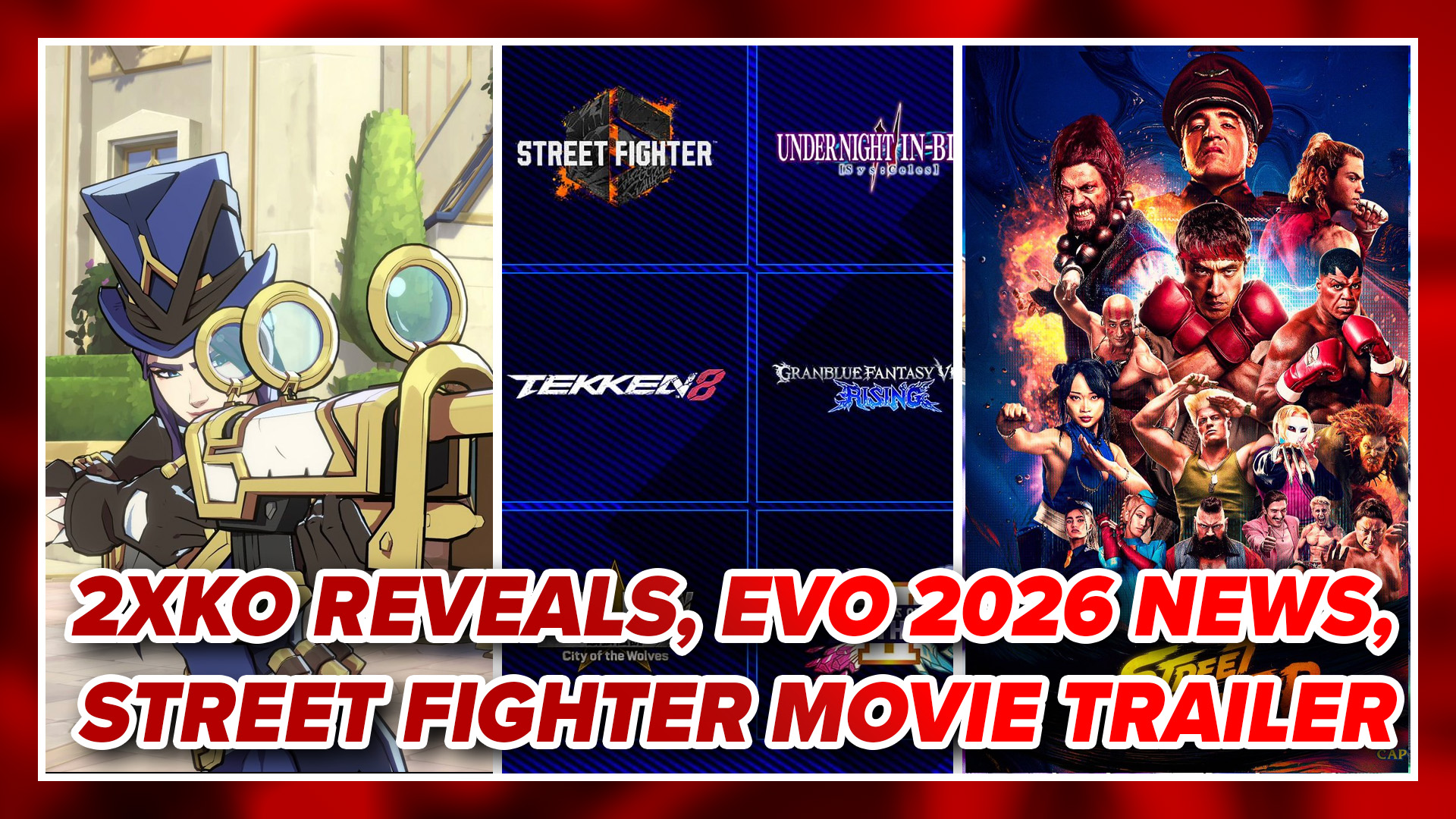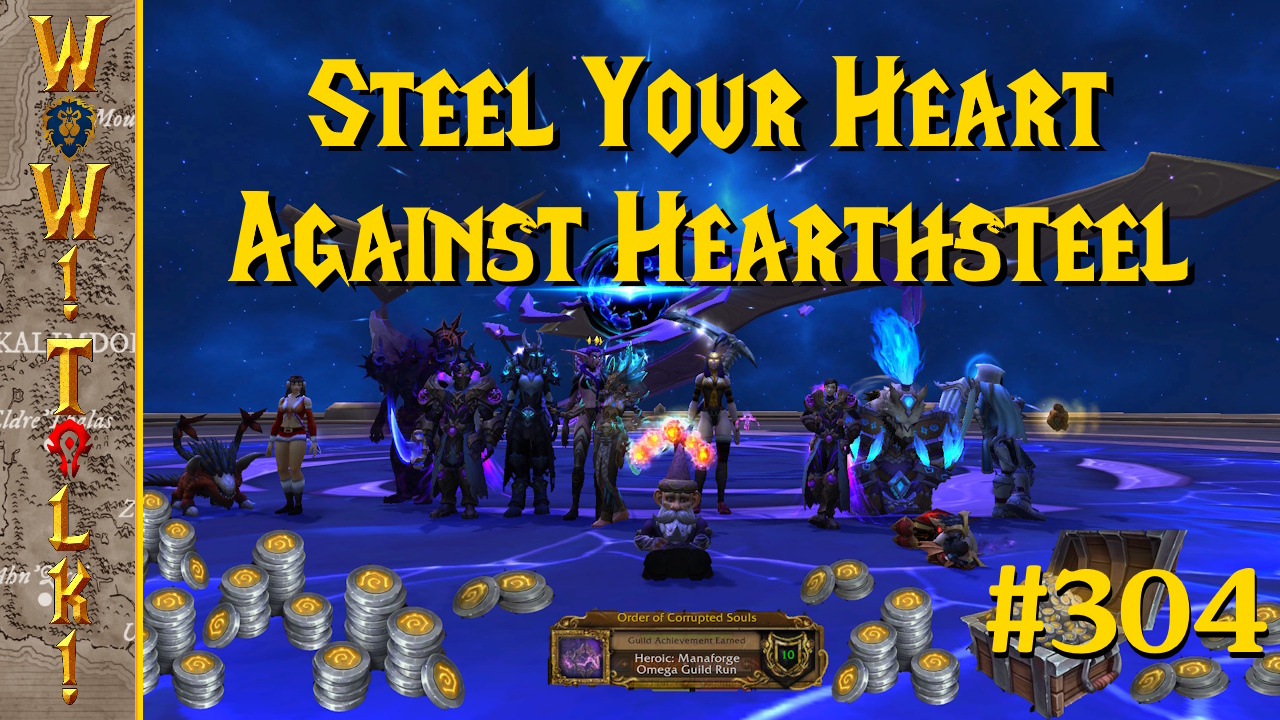After obsessively playing Maldita Castilla for the past few weeks, I started to wonder how something so good could have been given away for free. It wasn’t just that it was free, but that its sole developer, Locomalito, insisted that it be free. He believes in only releasing his work free of charge and just asks for donations if you love his games. Given the sheer quality of the game he was giving away for nothing, I had to know more about the man and his work on Maldita Castilla. I was lucky in that not only was he willing to talk to me, but also to provide some photos of the places and art that inspired him while making the game.
JC – Let’s start with something that I had on my mind the whole time I was playing Maldita Castilla: Why are you giving it away for free? Why are all your games free?
LO – I’m somehow disappointed on how the market is driving the videogame culture nowadays. I just want to preach about some videogames values that are obsolete now. Those that precisely I consider the base of the videogame culture, and the base of any kind of game (understanding games as fun challenges, and videogames as pixels, chip music, tight controls). So, as a man trying to preach about something, I can only give my work away as an example and accept donations.
JC – How has the response been to Maldita Castilla?
LO – Awesome! Almost disproportional for a humble game. I think there are many people out there that also miss that kind of game :-)
JC – What idea made you decide to create Maldita Castilla?
LO – I love action arcade games, and it was a question of time that I try to make one myself. I also had in mind to make something with Spanish myths because most of those myths are obscure even in Spain, and I think they worth some kind of videogame space. Also, as with my other games, I wanted to homage a few arcade classics from the late 80s; inviting people to play them again.
JC – You cite the Amadis of Gaul as a source for some of the game’s mythology, but what other stories/paintings have you pulled some of your monster/story ideas from?
LO – I was inspired by the Amadis of Gaul because I was reading the book when I started the development of Maldita Castilla, but there is not much of this book inside the game (well, except for the book itself, a secret item in the game). The Zarrampla monster is a popular creature described to scare kids, the Nuberu is also a traditional creature from the north of Spain, the Crazy Quixote and the windmills level taken from Cervante’s book, the Moura, the Ojanco, and many more creatures are taken, in general, from traditional storys. Also, many places in the game are inspired from places and architecture of various places of Castile and nearby regions of Spain, like the Palacio de los Aguila, or the castle of Manzanares La Real (find some images attached)
JC – What were some of the difficulties you had in balancing out the game’s challenge? How hard was it to keep the game from becoming too easy or too hard?
LO – The hardest thing is to create a rhythm of the game, how often enemies will come out, and how dangerous some situations are. I have to play the game thousands of times to test what I’m actually doing, so I just balance things to be fun and to fit myself. Once it’s balanced for me, I just downgrade the difficulty a bit to compensate the fact that there is no surprise factor for the developer. I always try to start with simple levels that players already know how to play, and then I start adding elements to spice up the thing.
Anyways, I always try to create an ascending difficulty curve with some little plain spaces like bonuses or easy parts, just for the player to take a breath before different danger zones. In any case, I always try to make the tension go higher and higher as you progress through the game.
JC – Why do you think people have fond memories of games like Ghosts N’ Goblins when they were so hard? Why do you think people love extremely challenging games?
LO – I think that what people love is not just a hard game, what players remember after years is the feeling of completion, the sense of victory after being defeated many, many times by a hard level or enemy. I don’t think is something that can be coded in the game. It’s a gamer value that the player adds to the game; the value or their skill growing bigger than the game difficulty. The sense of taking what you can’t take before :-)
JC – With checkpoints and save states available in most modern games, why didn’t you include any way to save or get passwords?
LO – For the same reason… Look, you have to cross the region and find out 5 hidden gems to open the gate to the last level. The last level is an obscure place, hard to find; a place where that no one has entered before. You can’t have that sense of hard to reach place if you have a save option. You can’t really feel it has been hard to enter the last level if you just sit down on the chair 1 minute ago and loaded a game. Also, save options (for short games) destroy the tension accumulated during the previous levels, that tension that makes you feel alive as a player, you know.
JC – I feel a bit like an idiot for asking, but what do the steel boots do in Maldita Castilla?
LO – You can jump higher :-)
JC – How did you choose what the special items did in Maldita Castilla? Why not just have the weapons by themselves?
LO – The game has only a few weapons and secondary items. Allowing them to be equipped separately turns the equipment into something the player must decide, adding interest to the game. It’s not only jump and shoot, but also, stop for a second and decide what you prefer to have equipped. Also, this is interesting as different players use different kind of objects. I actually heard 4 different opinions of what the best weapon is, and there are actually 4 kind of weapons in the game…
JC – There were so many different locations, levels, and monsters in Maldita Castilla. How did you manage to make every area look and feel so different?
LO – Well, this game is located in an imagined region of Castile. There is not naturally a great variety between the different levels (you will not find a lava level, and then an ice level), everything there is more or less natural: a town, some fields, a castle, a swamp, a mountain, a forest… So I just tried to compensate that sense of small route with short sublevels of different mechanics and features (I will not have a lava level, but I have a castle, and a burning library that can do the job). This way, I can have a fantasy adventure placed in a credible scenario. About the creatures, I always try to keep most enemies related to the place where they are, and that usually help to make the levels feel more “solid”.
JC – How hard is it to keep so much variety in your games? Do you ever feel like being lazy and just reusing backgrounds and enemies?
LO – I prefer to make shorter levels than to repeat stuff in longer ones. I love short games, and I see no reason to waste the player’s time with repetitions of the same thing (in fact that annoys me when I’m playing).
JC – Will you be selling physical copies of Maldita Castilla some time in the future?
LO – I’m actually producing a few copies. I always try to produce a tiny edition of every game I make, just to feedback people who make kind donations. (We’re talking about 20 or 30 units of each game, just what I can personally handle)
JC – This was one of your longest projects besides Hydorah. Was it hard to stay focused and working on a single project for so many months?
LO – It is. But I actually take it part by part. I don’t have the feeling of working on a many months project. I just do little daily stuff, like one enemy, item or piece of code. After months, that ends like a full game. But I don’t think of deadlines or amount of work; I just keep making the things that the game need until is OK.
JC – Many of your works feel like classic games made in modern times. What keeps drawing you into this game design style?
LO – Classic games have some values that are not present in modern titles: colorful pixels, non-realistic graphics, low resolution, chip/synth music, tight controls and straight fun to mention a few. I think of modern games as something different, like some kind of interactive entertainment experience. And even if I actually like a few modern games, I rarely find what I like of videogame in them. I try to make games “to play”, not “to be entertained”, but still with some background in-game narrative, and that’s what throw me down for the classics again and again.
JC- Why have you created such beautiful covers for games that won’t get released on story shelves? Why put in that extra work when many downloaders might not even see them?
LO – When you sacrifices content for gameplay, a good illustration or a good game description carry the weight of telling more about the game background. Those extras make a great work defining how the game must be interpreted. For example, the trailer of Verminest make you think of the in-game pixel enemies as some kind of B-Movie giant rubber insects.
JC – Is there any genre of games that you like designing with?
LO – I like platformers, run-n-gun, and shmups mainly; but I’m not closed to other genres.
JC – What sort of stuff do you play for fun?
LO – Those days I’m playing Chelnov and Terra Cresta, and also starting La Mulana Remake (I already loved the original)
JC – Do you find it hard to only work on your games in your spare time?
LO – Sure, many days I can’t even take my computer because I’m too tired after work. But in the other hand, it’s awesome to leave developing for the right moment without further complications. And that can only be made when making games as a Hobby.
JC – How do you and Gryzor87 work out the music in your games?
LO – We start talking about the kind of production we want to establish for the game (arcade, 8, 16, 32 bits…), then we talk about how levels can be and what kind of stuff you can find in each area. We work on sections of game at the same time. Sometimes I send him an screenshot of a work in progress level for a base idea, sometimes he already have an idea for a level and he work in the music before I start designing that area. Once made, we always put the level and music together to see if it work, and if then we make adjustments in both to make them fit like a glove. We always try to keep the consistency between level design, graphics and music.
In some cases Gryzor87 use an specific toolkit to emulate a particular kind of sound, for example, in l’Abbaye des Morts he created a soundtrack with a single channel and only using square waves, so that the sound was raw and Speccy like. In Maldita Castilla he used an emulation of the Yamaha chip used in arcade games from the late 80s to have the exact kind of sound (the same as Commando, Legendary Wings, Trojan…)
Mash Those Buttons and myself thank Locomalito for taking the time to speak to us and can’t wait for his next project. Then again, given my embarrassing skills at Castilla Maldita, maybe I can wait a little bit for his next game. Hopefully by that point it won’t take me a couple hundred lives to get through this game.
Maldita Castilla is available for free download from Locomalito’s site. Please donate if you enjoy it!










